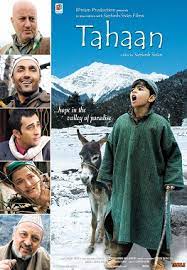Social learning theory, proposed by Albert Bandura, emphasizes the importance of observing, modeling, and imitating the behaviors, attitudes, and emotional reactions of others. Social learning theory considers how both environmental and cognitive factors interact to influence human learning and behavior.
Social learning theory is the philosophy that people can learn from each other through observation, imitation and modeling. The concept was theorized by psychologist Albert Bandura and combined ideas behind behaviorist and cognitive learning approaches. Social learning theory endeavors to study socialization and how it affects human behavior.
HISTORY OF SOCIAL LEARNING THEORY
Bandura was a psychologist who studied human behavior. He is most widely known for his Bobo Doll study. In these experiments, Bandura had children watch adults model positive and negative behaviors towards a toy balloon resembling a clown. In some cases, the adults were aggressive and violently beat the doll. After observing this footage, the children were given hammers and asked to interact with the doll. Most children who witnessed the aggressive behavior towards the doll also acted violently towards it, while most children who witnessed positive, non-aggressive behavior responded less aggressively. Bandura concluded that the children learned their social behaviors through observation.
This study acted as the basis for Bandura's theory.
STAGES OF SOCIAL LEARNING THEORY
The key concepts behind this process include four basic learning requirements:
Attention: For a lesson or experience to have an impact on an observer, the observer must be actively observing their surroundings.
Retention and memory: For any learned experience to make a lasting impact, the observer needs to be able to remember it later.
Initiation: In order to carry out the lesson learned, the observer needs to be able to actually reenact it. Learning the necessary skills is an important part of the process before a behavior can be modeled.
Motivation: Even if an observer has focused on a lesson, remembered all the details and learned the necessary skills to do it, they still need to have the motivation to make it happen. The source of motivation could include anything from external rewards and bribes, observations that similar behavior is rewarded, desire to be like the model who demonstrated the behavior or internal motivation to improve or learn.
To conclude it all, here are some examples of social learning theory that occur on a daily basis:
A person might develop any number of behaviors by observing them in someone else, from anxieties and fears, to politeness or generosity, or honesty and hard work. Social learning theory may be used in education to help students remember an important lesson. Having the students repeat certain phrases or watch a skit can also help to solidify their lessons. Another example is someone who decides to pursue a job that he or she has seen portrayed by a character on TV.







